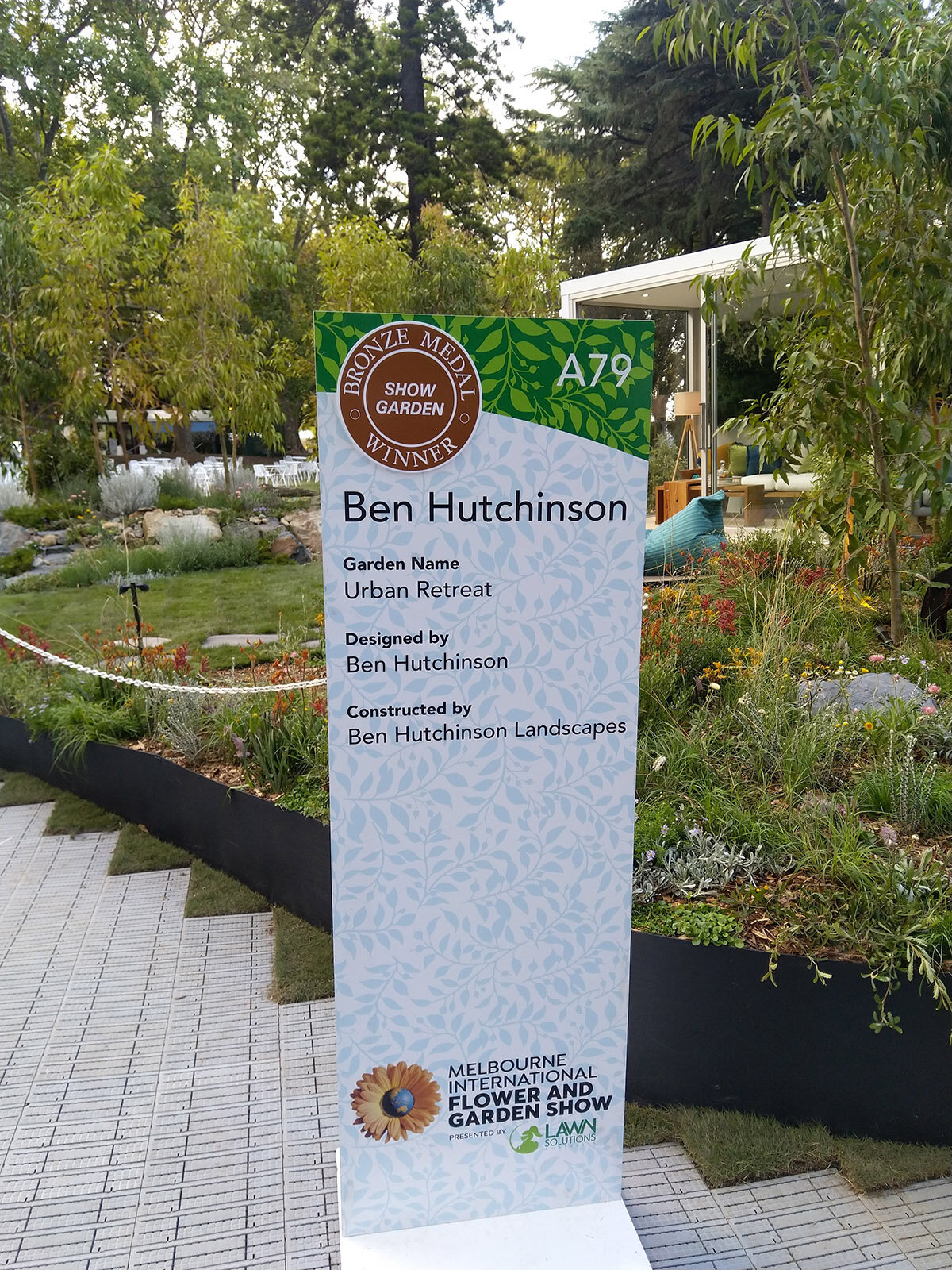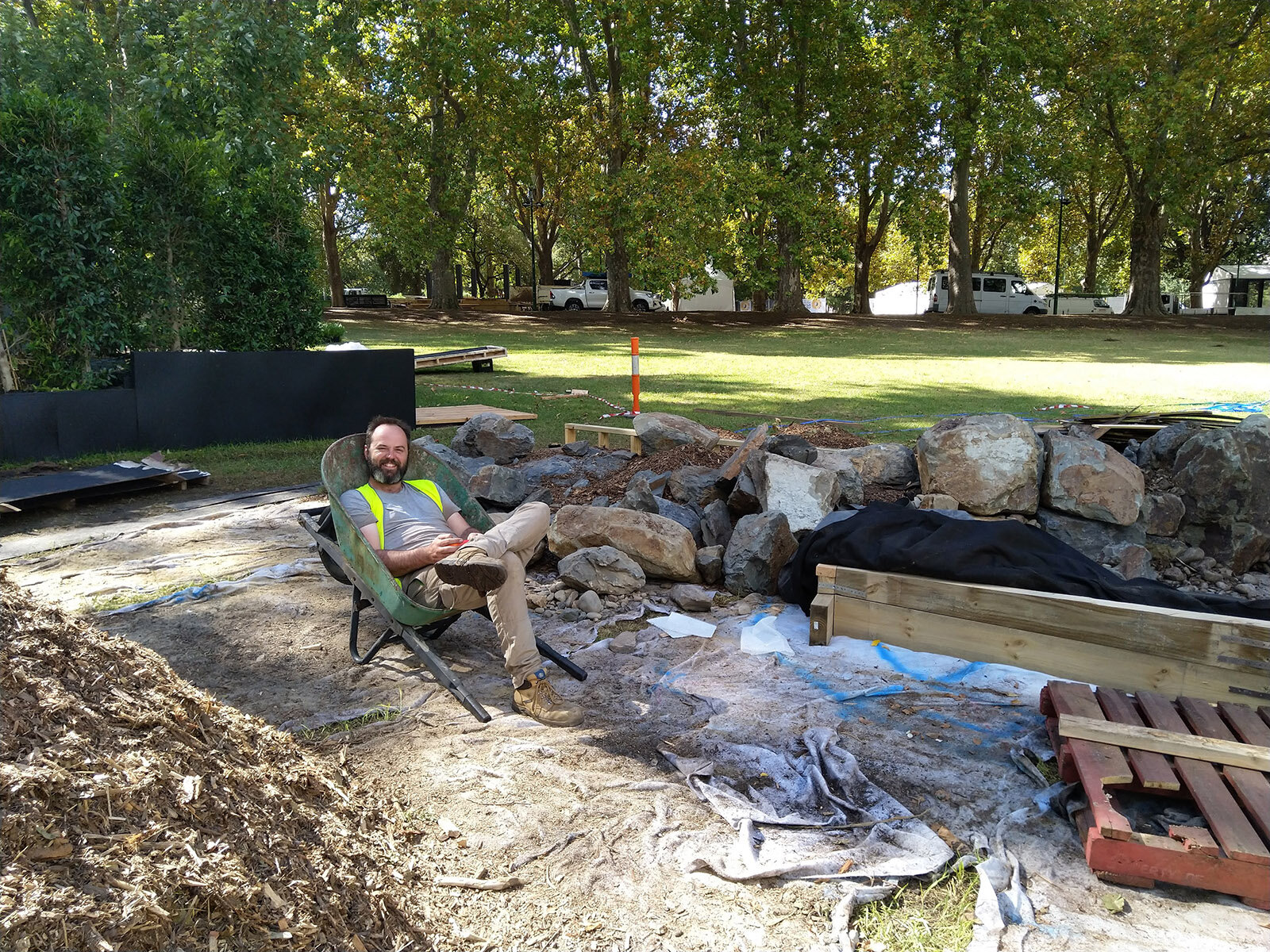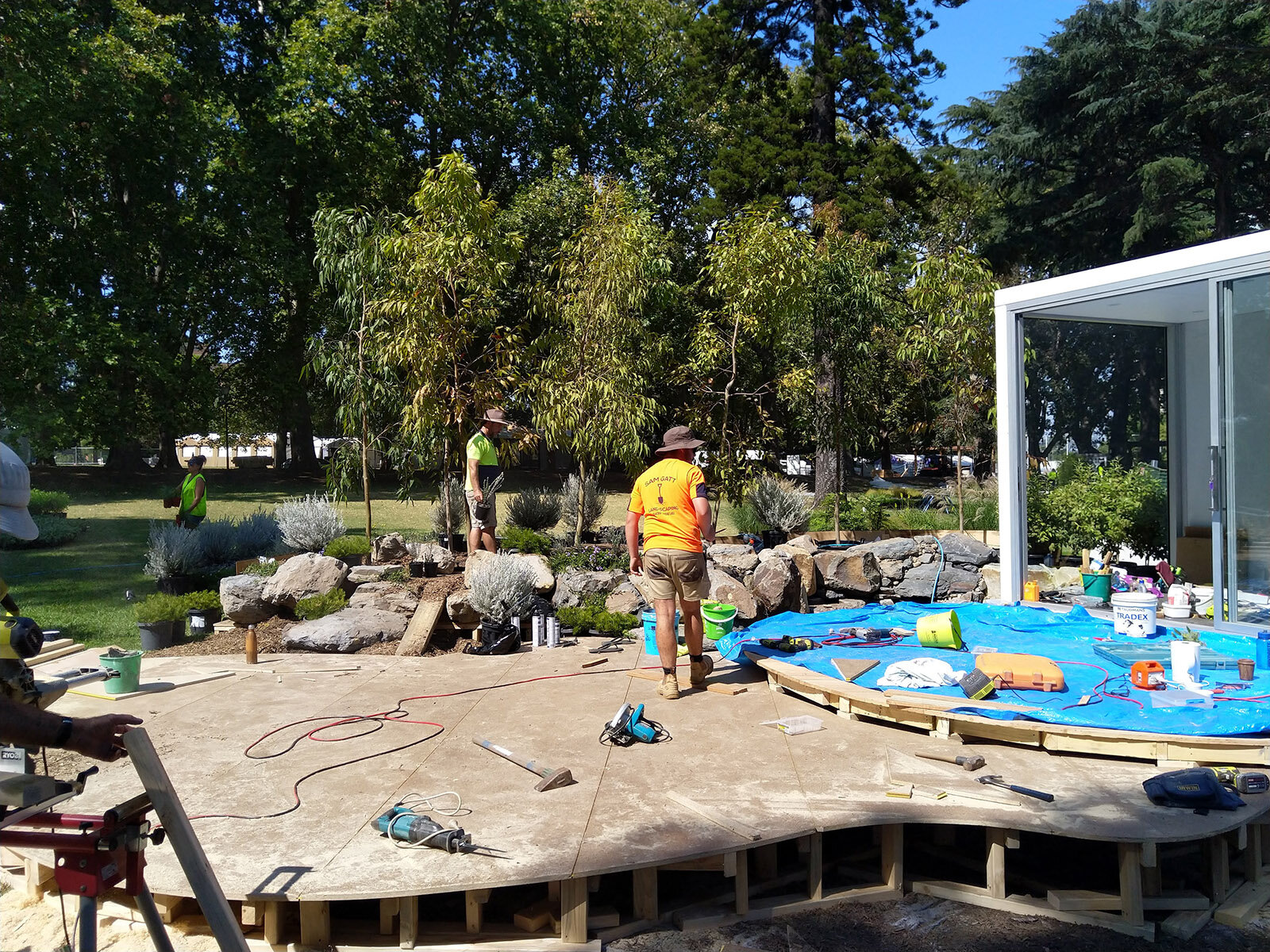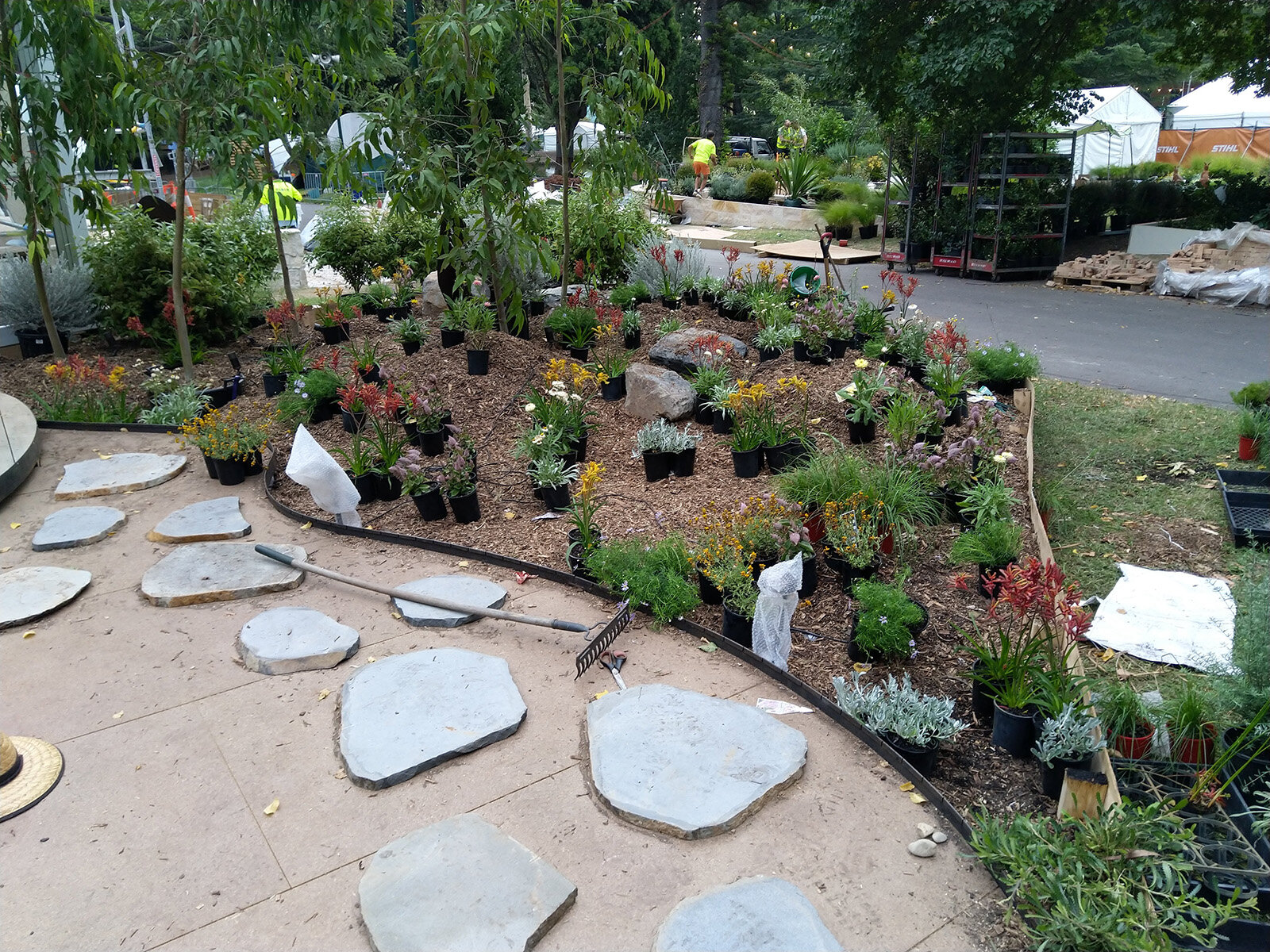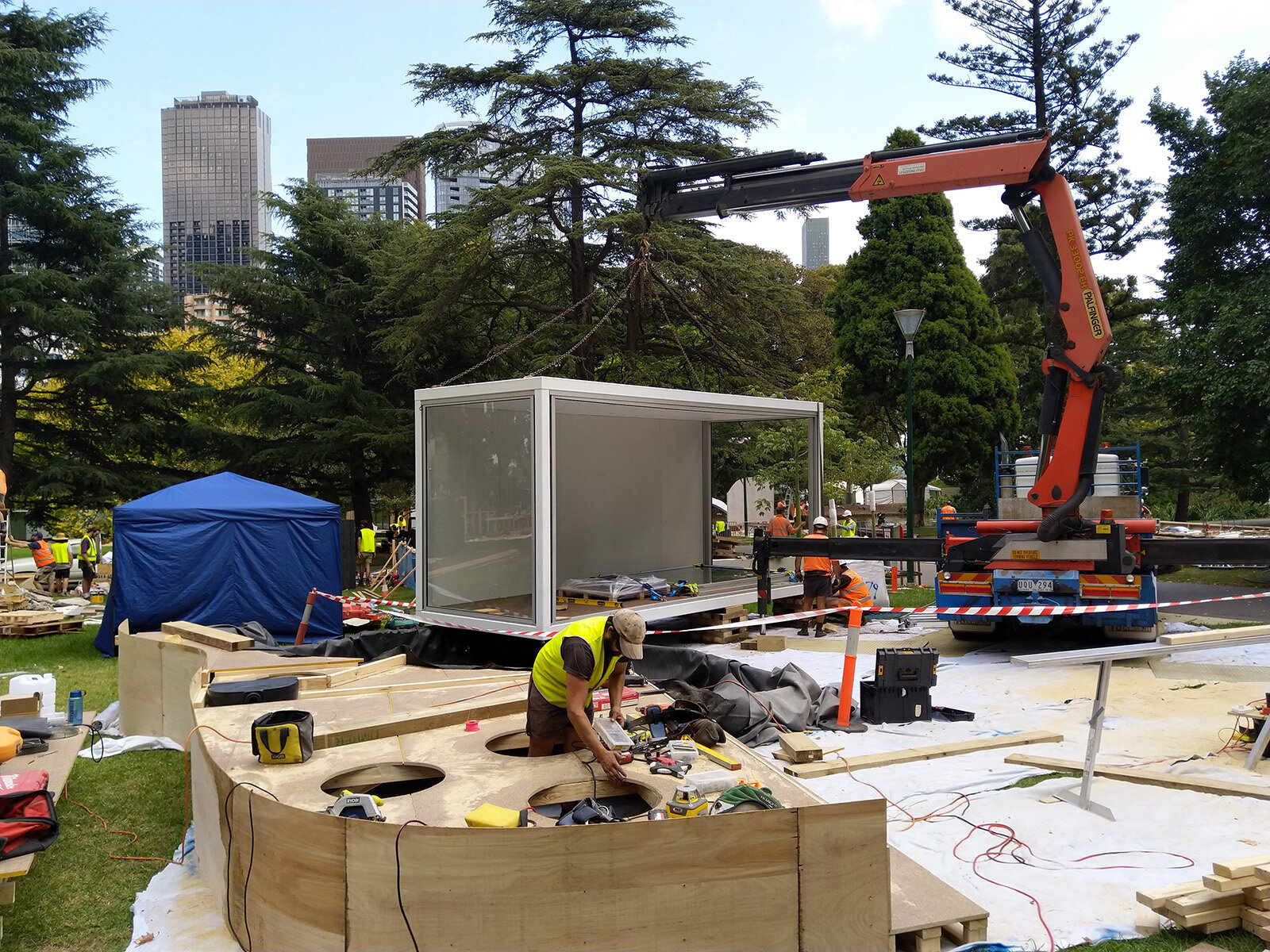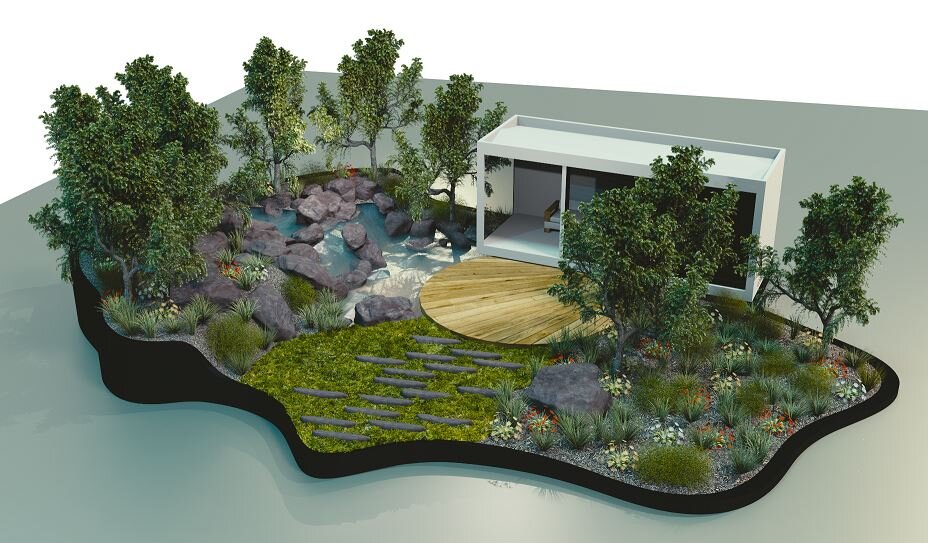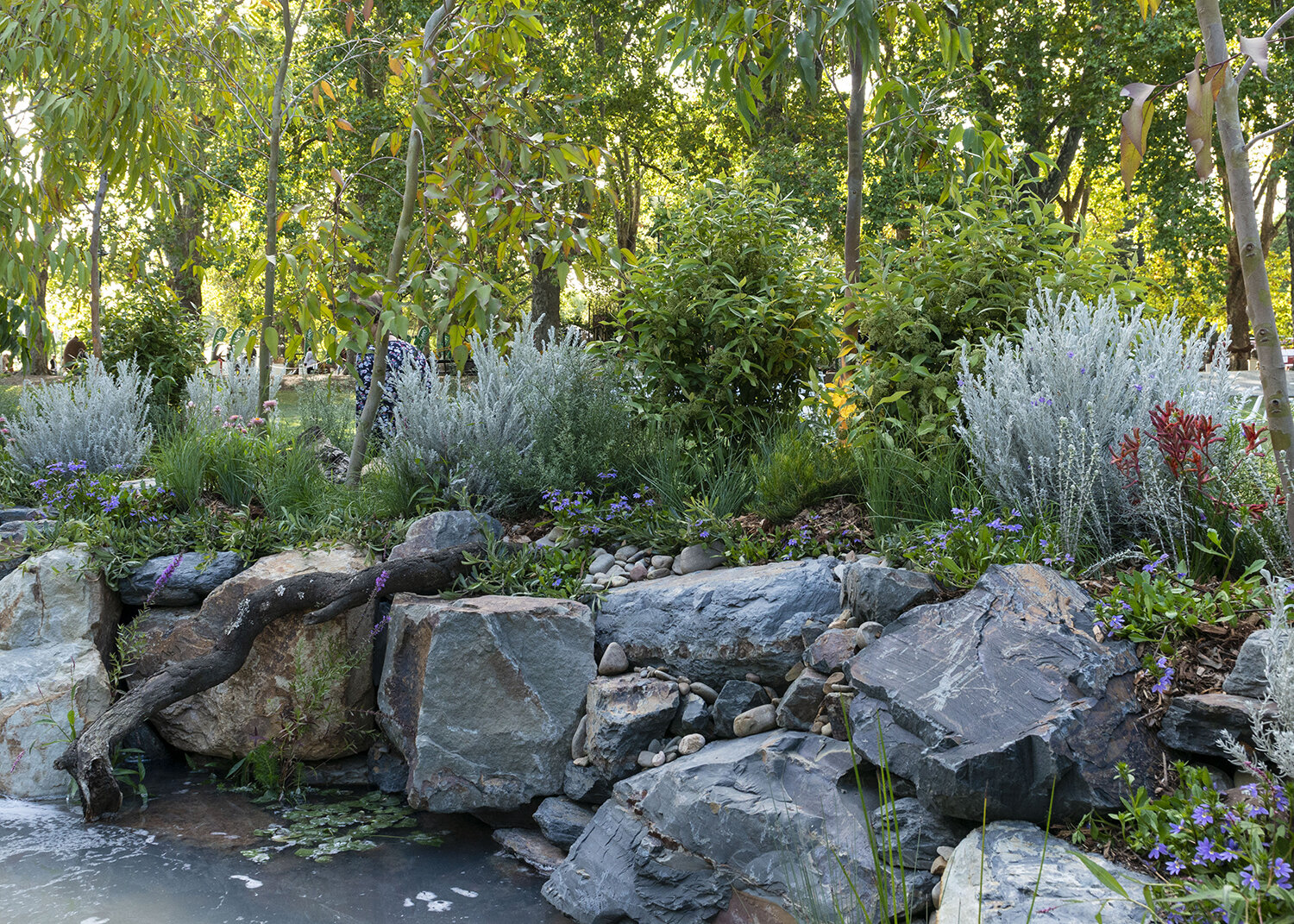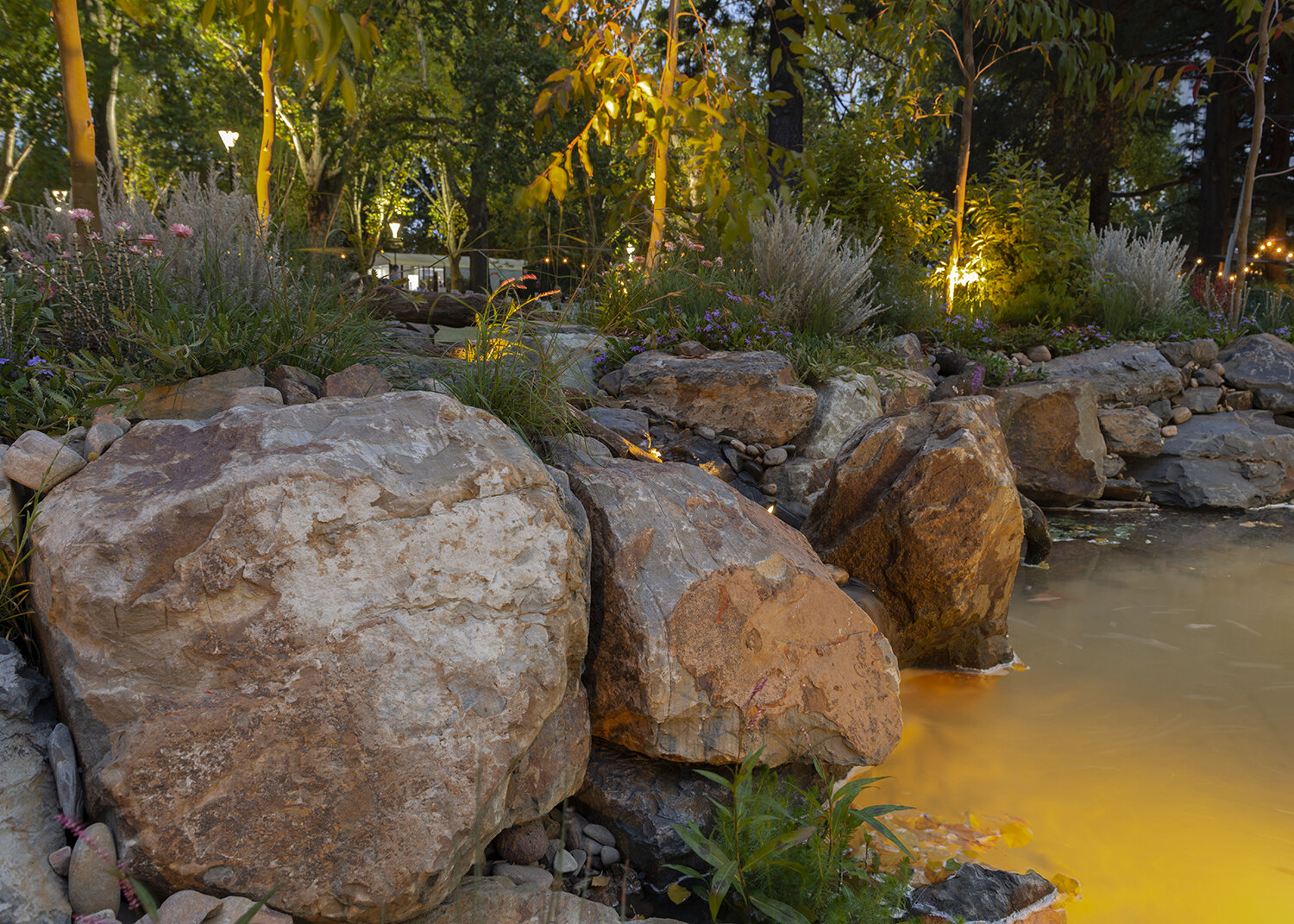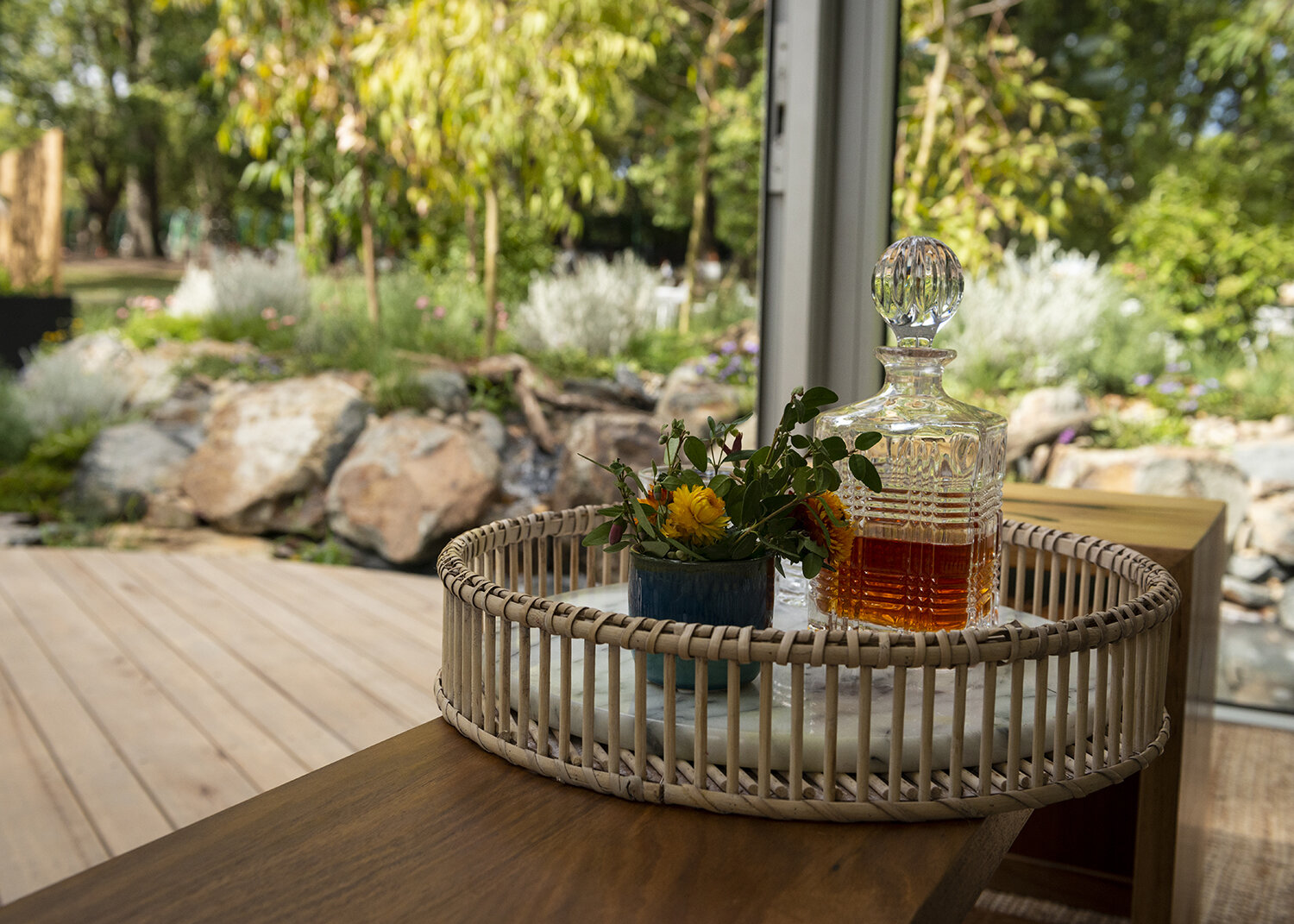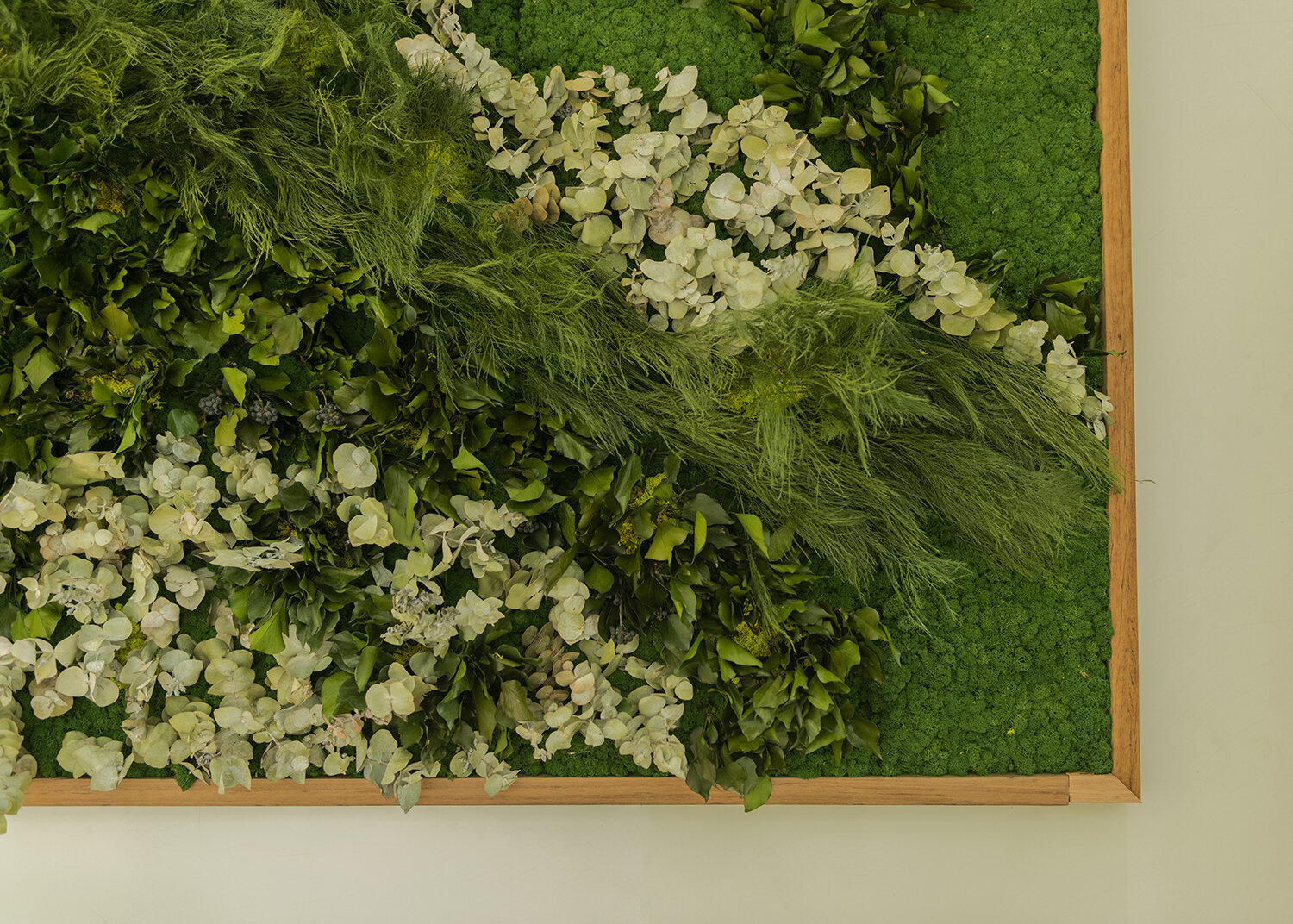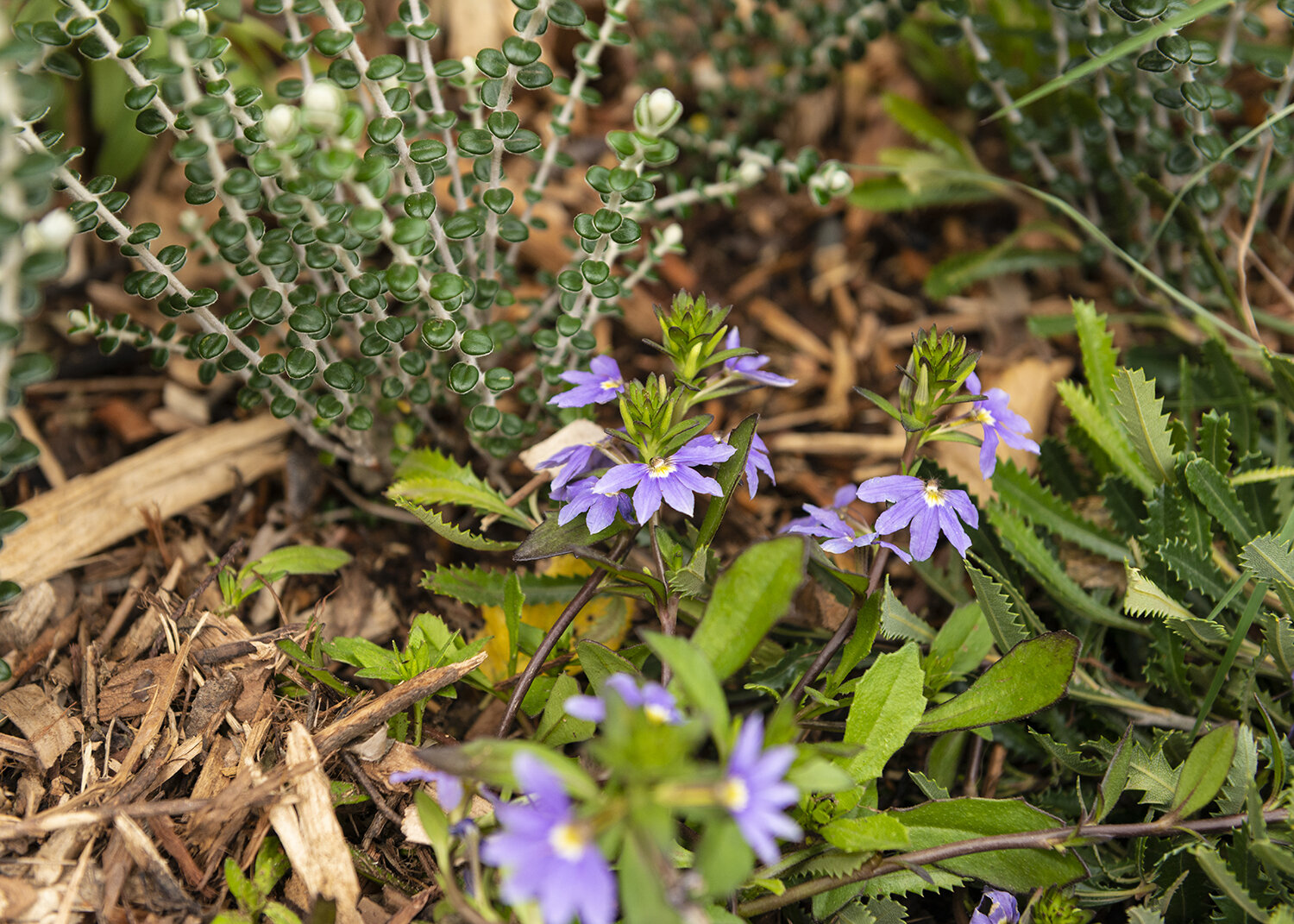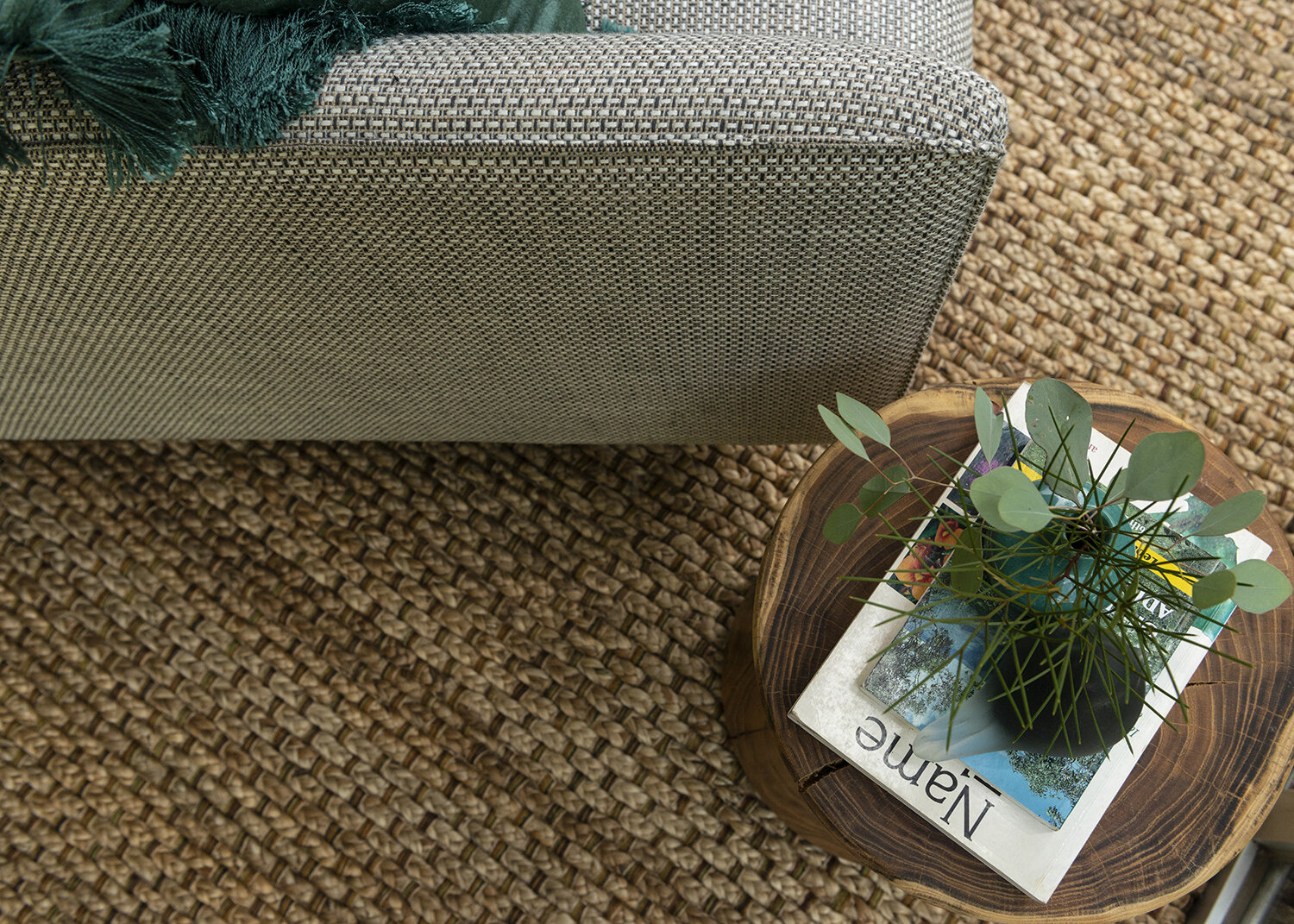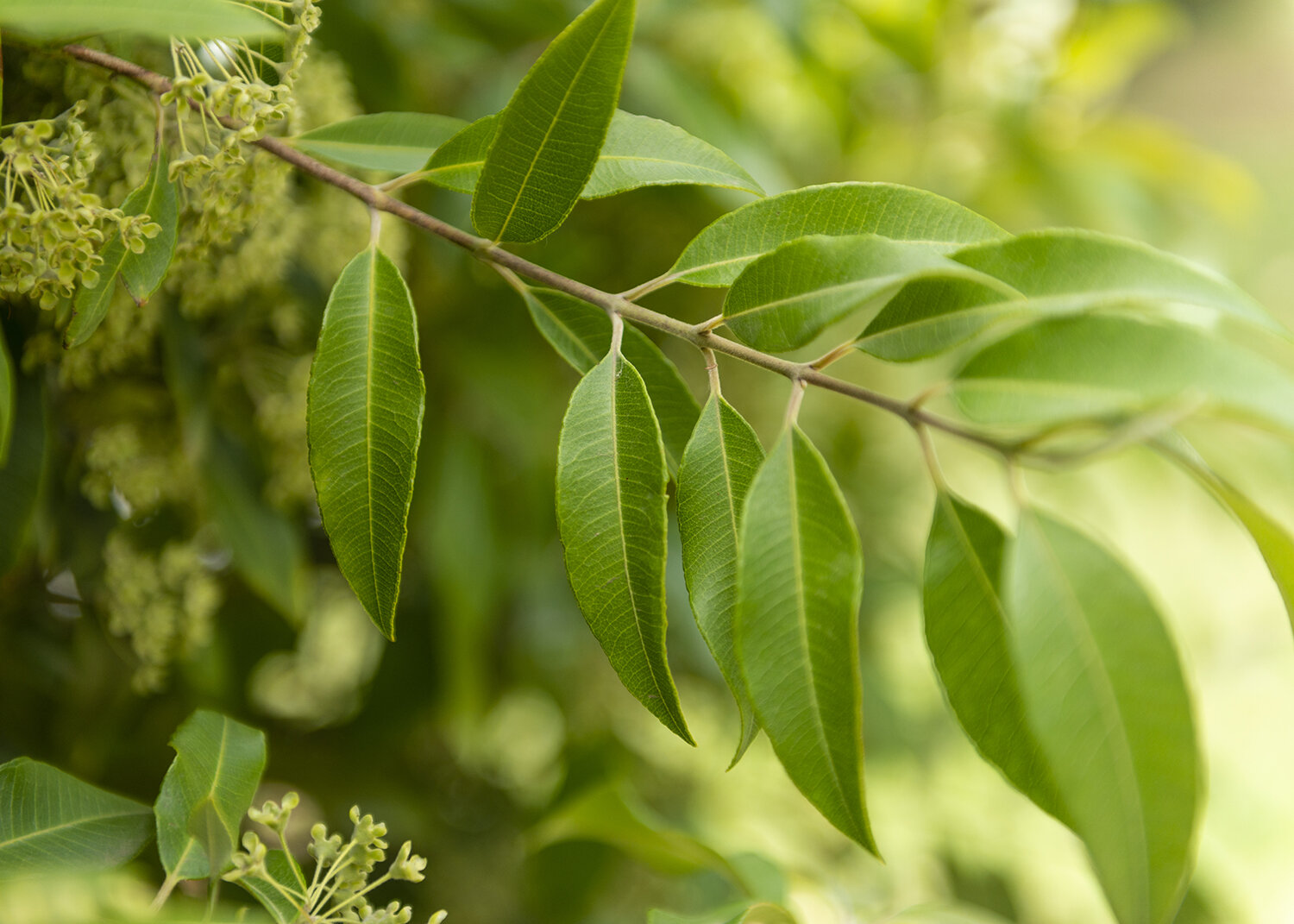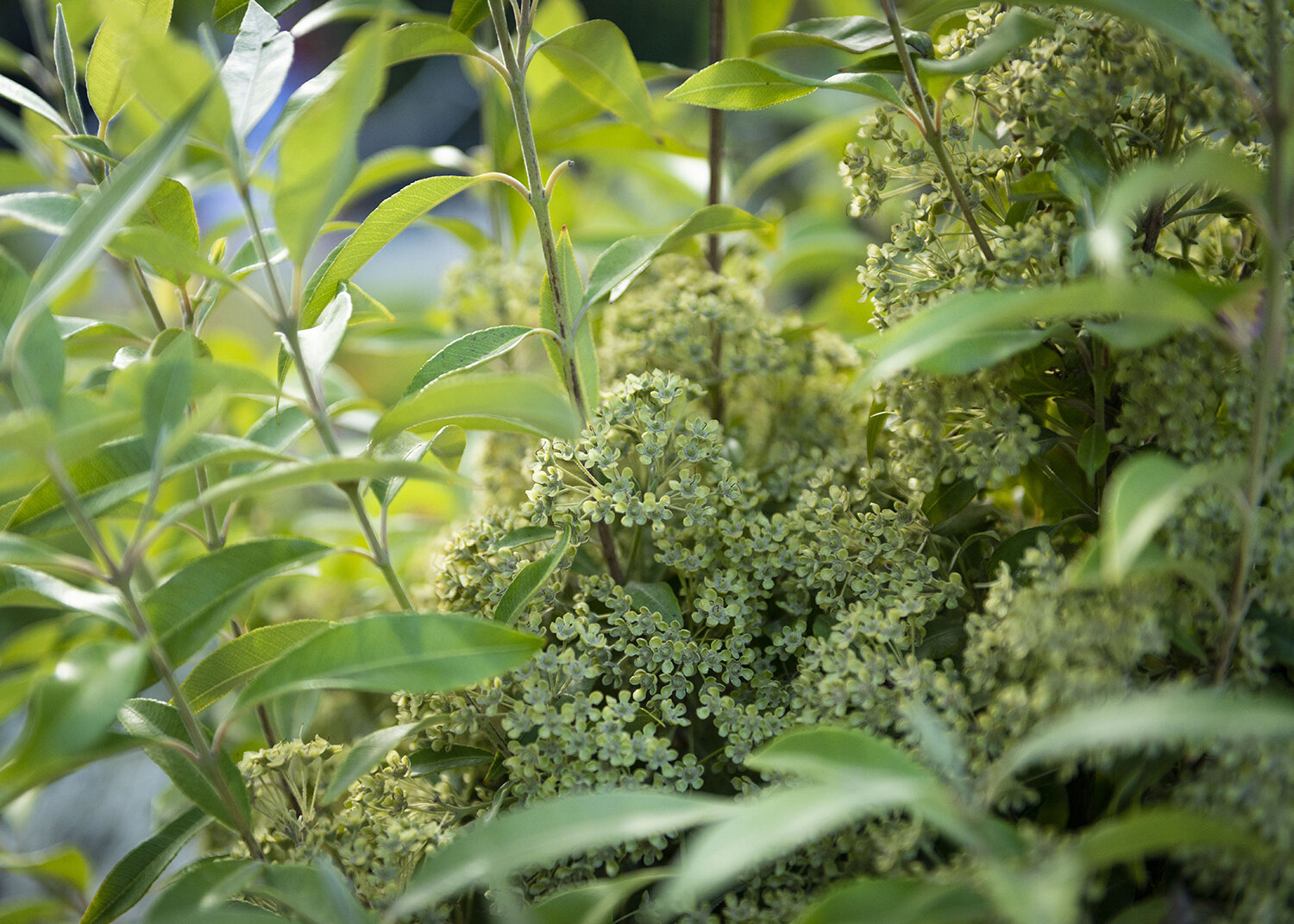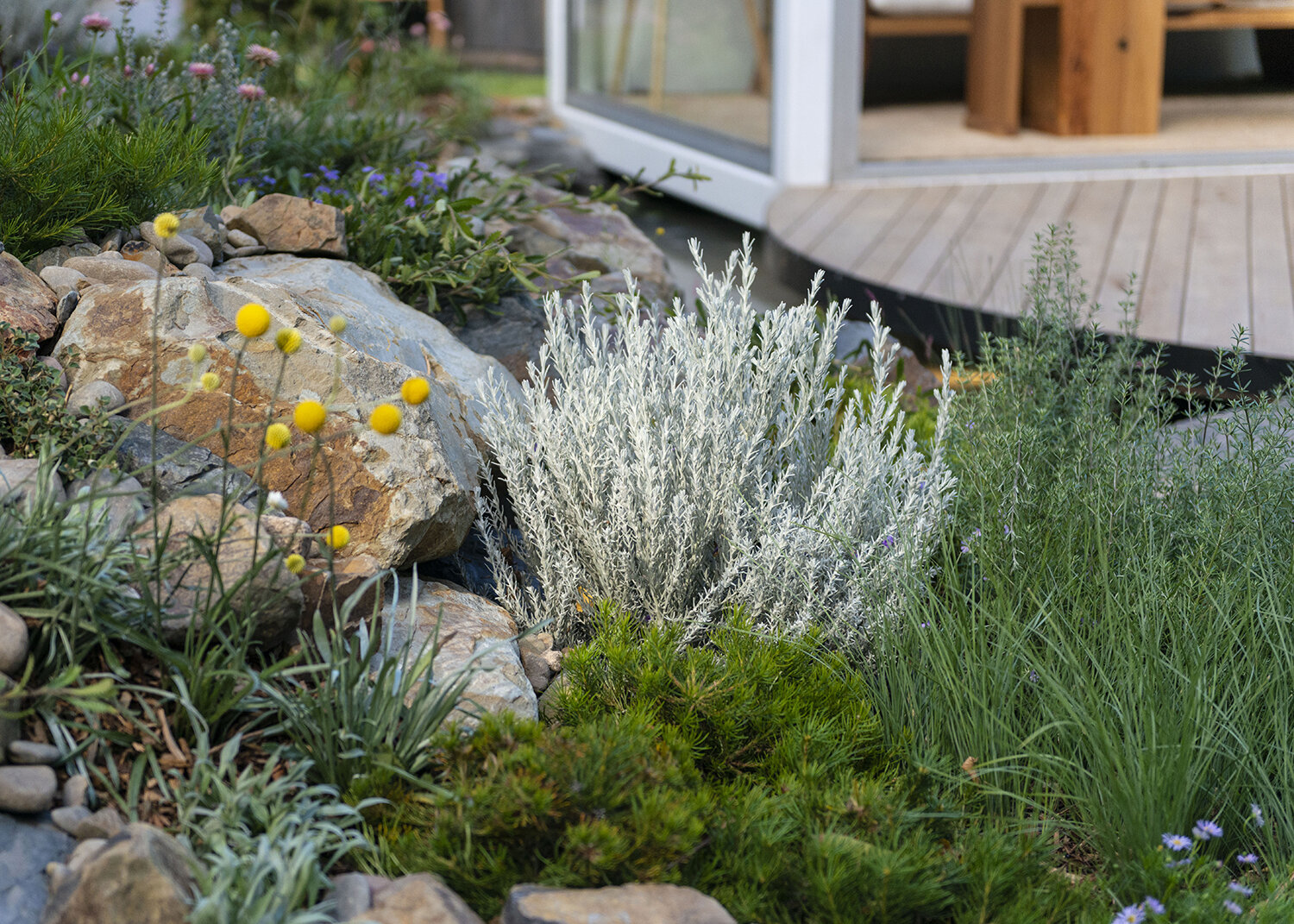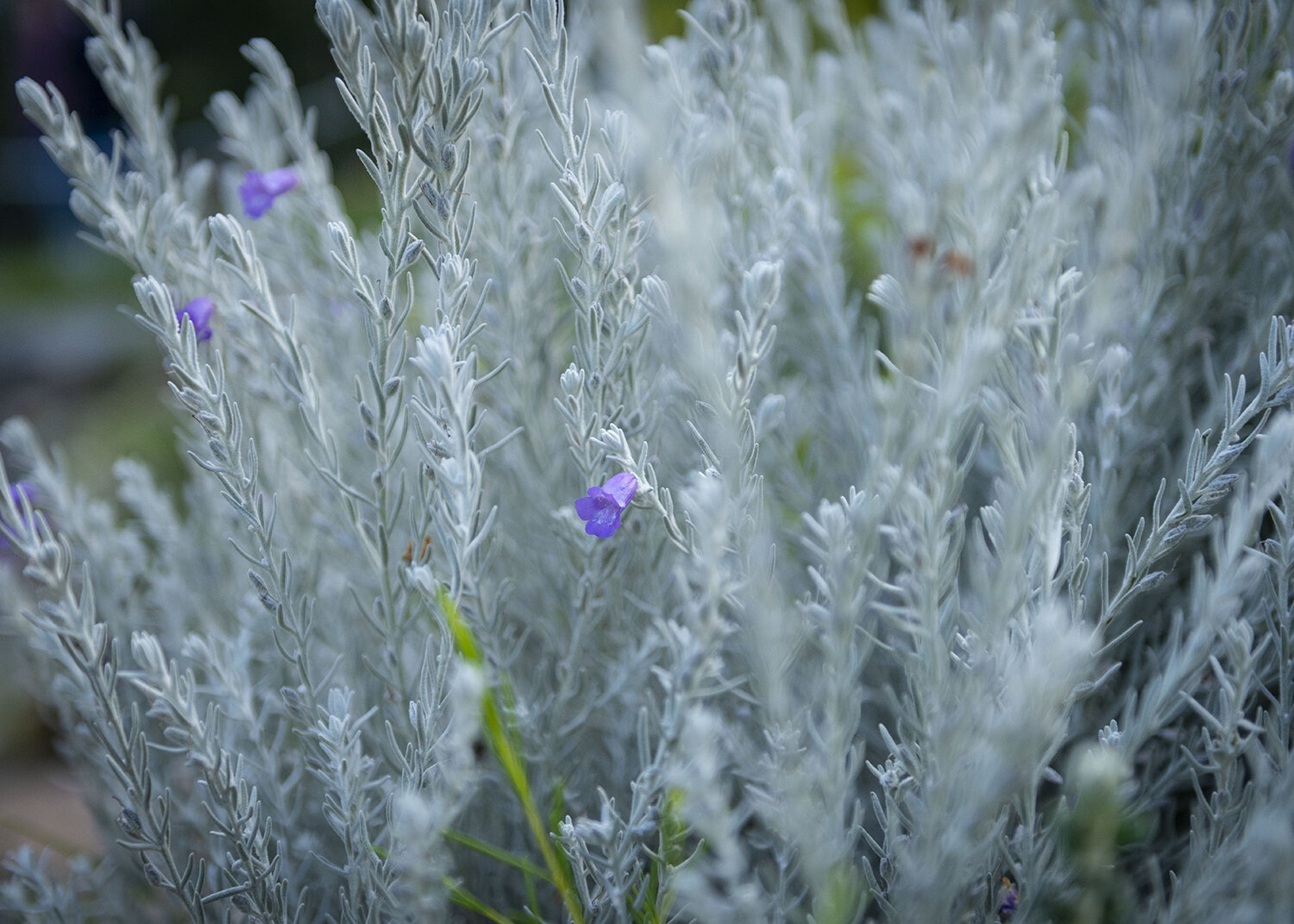Urban Retreat – 2019 Melbourne International Flower and Garden Show
“‘I want that in my garden’,
‘I love that studio’, ‘Those plants!’,
‘I want that pond!’.”
We have had an overwhelming response to ‘Urban Retreat’. I was at the display for the five days the show ran, and every day I heard so many comments that went along the lines of ‘I want that in my garden’, ‘I love that studio’, ‘Those plants!’, ‘I want that pond’. I was pretty chuffed to be hearing this feedback!
Designing a garden for a competition like MIFGS is a genuine challenge. There are judging criteria that need to be considered in the design, and then there is the question of ‘what will appeal to the public?’. These two can actually be mutually exclusive in some cases. Big challenge, but coming out with a Bronze has taught me that it’s possible to do both.
The theme of this garden was inspired by wellness, and the importance of switching off and reconnecting with nature. Designed as a real garden, ‘Urban Retreat’ is totally possible and adaptable to the average garden in Melbourne. The size of the display was an average garden size, about 100 square metres or so. Elements like the lawn, rocks, native plants, mulch and deck are pretty common among many backyards. I wanted to show how even the most common of elements can come together with Australian native plants to produce a space that has an instant wow-factor and is so full of interest, and that a garden like this is possible for the average punter.
A lot of people I spoke to about the garden felt instantly relaxed when they looked over each of the elements. All the plants within the display were Australian natives, even the aquatic plants – the lot. This is what I specialise in, and this garden was my opportunity to show off an eclectic selection of flora that some had never actually seen before!
The plant palette was an instant hit, a garden full of native wildflowers and a few select aromatic trees that bring a citrus fragrance to the air after rain (Corymbia citriodora “Lemon scented gum” and Backhousia citriodora “Lemon Myrtle”).
The most commonly queried plants were Pimelea nivea “Bushman’s bootlace”, Eremophila nivea “Blue Velvet” and Ptilotus exaltatus “Mulla Mulla”. Find the full plants and materials list here.
The Studio in the design, kindly supplied by Space Cube, was one of the most striking features and one that most people saw first. I received plenty of questions around how we got it into the garden, so let me tell you! We had to prepare the site so that the Cube could be installed on day two of the build. The frame was actually assembled in the Space Cube factory in Dandenong, delivered to the Carlton Gardens on the back of a flat-bed truck and then craned into place on the site. The Space Cube team then installed the glass windows on site on the same day, which was helpful for us because the rain hit us that afternoon so the Cube was well utilised that day!
The Studio interior was designed and styled on site by Leeder Interiors, and really honed in on the wellness theme of the garden. The colours, textures and materials complimented the naturalist environment that surrounded it. Even the furniture was made from reclaimed timbers right here in Melbourne, by Yard Furniture.
A huge WOW factor for the interior styling was the preserved green wall along the back of the Cube, supplied and installed by Stem and Stamen. This wall was full of ferns and eucalyptus, completely dried and preserved and my goodness did it smell wonderful in the Cube after it was installed.
I was often asked what my favourite parts of the garden were, and my absolute favourite section was the Aquascapes pond and waterfall. I am so happy with how it came together in the overall design, how it looked and how it sounded. The aquatic plants set it off perfectly, and I thought the Persicaria decipiens “Slender Knotweed” was a lovely contrast to the blue mudstone rocks. The lighting in the pond, courtesy of Gardens at Night, looked a million bucks as it lit up the waterfall and shone out under the cantilever deck through the water.
After two consecutive years of exhibiting at MIFGS, lots of people ask me with a hopeful smile, ‘so, next year?’
Nope, not next year.
But I’ll definitely be back in future years, it’s a great event and a credit to the industry it represents. I look forward to seeing what next year’s designers present, and I look forward to going to MIFGS in 2020 and seeing the gardens through a visitor’s eyes.


